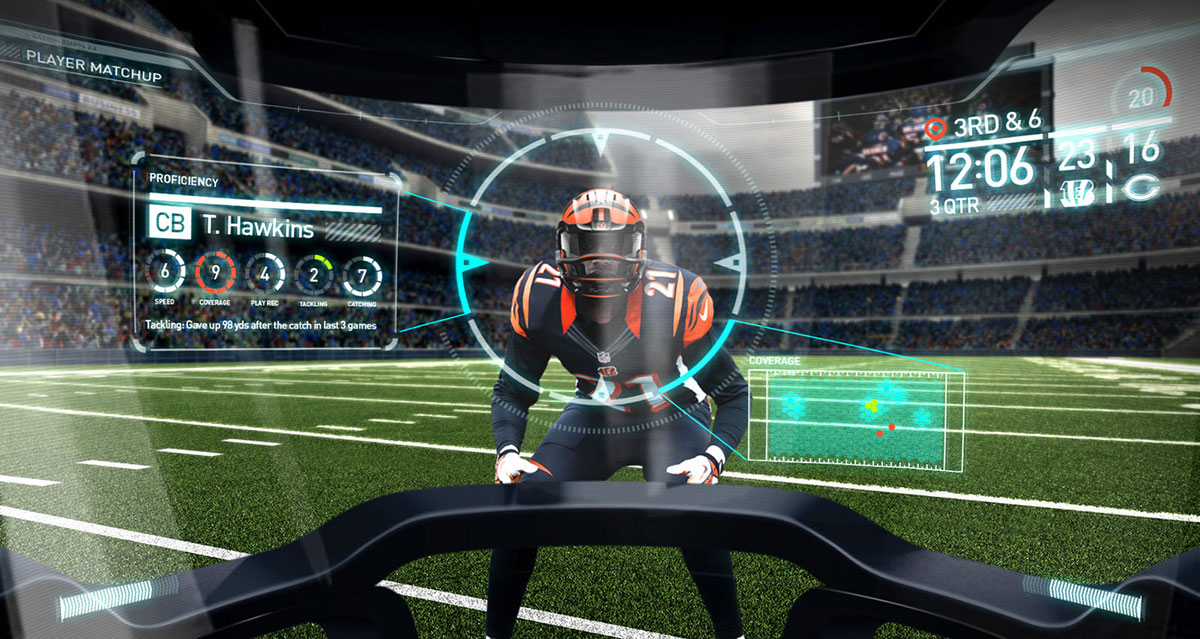 Not long ago, sports training involved large amounts of paperwork from trainers and athletes. Trainers tracked an athlete’s performance and nutrition using charts, videos, and graphs to monitor progression and recommend changes. In just a few short years, technological advancements have revolutionized how we train for and play sports.
Not long ago, sports training involved large amounts of paperwork from trainers and athletes. Trainers tracked an athlete’s performance and nutrition using charts, videos, and graphs to monitor progression and recommend changes. In just a few short years, technological advancements have revolutionized how we train for and play sports.
From monitoring sleep to performance on the field, today’s trainers use smartphone apps to keep athletes in the best condition, and amateur athletes can use the same tools as professionals. All of these changes have made everybody better at playing sports and allowed athletes to focus on what they do best: playing the game. Keep reading to learn about how technology is continuing to change how we play sports.
Wearable Technology
Whether you’re a weekend warrior or play sports daily, chances are you own a wearable device or have considered investing in one. You wouldn’t be alone; most of the world’s top athletes strap on wearables to monitor their performance. And if you participate in sports, then you probably follow professional sports in your free time. For many fans, sports betting is a way to engage in sports from afar, testing their knowledge of players and teams and seeing if they can accurately predict an outcome. As you watch your favourite athletes play, remember that you may be using some of the same wearable technology they do. Wearable technology can provide you with all types of information, including your step count, miles walked, and calories burned.
Reducing Injuries
If you play sports, you’re at risk of injuries. Playing at the highest levels of any given sport puts tremendous stress on the body, making injury management a top priority for athletes. Trainers, sports injury doctors, and athletes have all searched for ways to minimize the likelihood of injuries. One of the most important developments in sports technology is the ability to spot potential problems earlier, decreasing the chances that they will become career-ending events.
While modern sports infrastructure has improved how athletes train, technological advancements have made it possible for them to avoid some injuries while minimizing the chances of others. Mouth guards equipped with sensors are one example of sports technology at work. These guards can determine how hard a blow was, allowing severe injuries that may at first appear less serious to be treated appropriately.
Tracking Performance
 From amateurs to professionals, all athletes want to improve their performance on the field. While it’s typical to use smartwatches to monitor athletic performance, smart clothing is becoming increasingly common among professional athletes. This type of clothing incorporates sensors that allow trainers to measure an athlete’s performance in real-time. These sensors measure everything from hydration levels to breathing and heart rate, giving trainers live metrics they can use to determine how an athlete should focus their training.
From amateurs to professionals, all athletes want to improve their performance on the field. While it’s typical to use smartwatches to monitor athletic performance, smart clothing is becoming increasingly common among professional athletes. This type of clothing incorporates sensors that allow trainers to measure an athlete’s performance in real-time. These sensors measure everything from hydration levels to breathing and heart rate, giving trainers live metrics they can use to determine how an athlete should focus their training.
Since athletes need individualized attention, the sensors establish a baseline that allows trainers to develop precise goals and training schedules. This smart technology also lets them know when players should take a break, stretch or increase the intensity of their training.
That’s not all; GPS also plays an essential role in improving athletic performance. Using GPS, trainers can measure an athlete’s exact position, speed, and distance and use this information to help them improve.
Sports Coverage
Before streaming became mainstream, it was hard to watch sporting events outside your local market without subscribing to a paid TV service that included a sports package. High-speed internet has changed how we consume sports, multiplying the ways in which casual, amateur and professional athletes watch sports matches.
Watching competitions within their sport is one-way athletes prepare for future matchups. With coverage available 24 hours a day, including live and full-replay of events, athletes can study their game whenever they want. They can even save, capture, and download sporting events and play them back on their own schedule. There is no such thing as missing a big game anymore, so athletes and spectators have more opportunities to keep up with everything in the world of sports.







